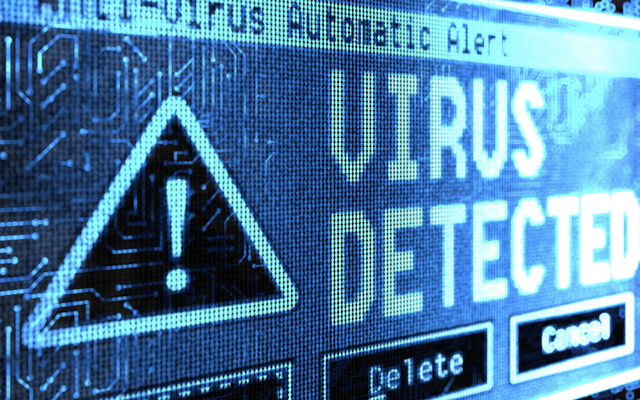Steps to Remove Malware from a Website
Malware removal is a critical aspect of maintaining website security. Here are detailed steps to effectively remove malware from a website:
Identify the Infection:
Signs of infection include unusual traffic spikes, defaced pages, pop-up ads, slow performance, or alerts from search engines or browsers.
Tools: Google Safe Browsing, VirusTotal, or online scanners like Sucuri SiteCheck.
Isolate the Website:
Temporarily take the website offline to prevent further damage and protect visitors.
Notify users and stakeholders about the maintenance.
Backup the Website:
Create a complete backup of the website files and database.
Ensure the backup is stored securely and not on the same server to prevent further infection.
Scan for Malware:
Use automated tools to scan the entire website, including files, databases, and server configurations.
Tools: Sucuri SiteCheck, Wordfence (for WordPress), Quttera, MalCare (for WordPress), Anti-Malware Security and Brute-Force Firewall.
Remove Infected Files:
Manually inspect and remove or clean infected files. Pay special attention to core files, themes, plugins, and uploaded files.
Replace compromised files with clean versions from official sources if possible.
Clean the Database:
Check the database for suspicious entries, such as injected malicious code in posts or settings.
Use SQL queries to search for common malware patterns and remove any malicious content.
Secure the Website:
Update all software, including CMS, plugins, themes, and server software.
Change all passwords (admin, FTP, database, etc.) and ensure they are strong and unique.
Implement security measures such as file permissions, firewalls, and intrusion detection systems.
Restore the Website:
Once the malware is removed, restore the website from the clean backup if necessary.
Carefully re-enable the website and monitor for any signs of recurring infection.
Monitor and Protect:
Continuously monitor the website for unusual activity.
Implement regular security scans, automated malware detection, and real-time monitoring.
Notify Users and Search Engines:
If the website was flagged by search engines, request a review after confirming that the malware is removed.
Inform users and stakeholders that the website is secure and back online.
Tools for Malware Detection and Removal
Sucuri SiteCheck:
Free online scanner that checks for malware, blacklisting status, and other security issues.
Offers paid services for deeper scans and malware removal.
Wordfence (for WordPress):
Comprehensive security plugin that includes malware scanning, firewall, and repair tools.
Real-time threat defense feed and frequent updates.
Quttera:
Provides a free website scanner and paid services for malware removal.
Detailed reports and real-time protection options.
MalCare (for WordPress):
Automated malware scanning and removal tool.
Includes features for firewall protection and login protection.
Anti-Malware Security and Brute-Force Firewall:
Free WordPress plugin that scans for and removes malware.
Provides brute-force protection and other security features.
Best Practices for Preventing Malware Infections
Regular Updates:
Keep the CMS, plugins, themes, and server software updated to the latest versions.
Strong Passwords and Authentication:
Use complex, unique passwords for all accounts.
Enable two-factor authentication (2FA) for added security.
Secure Hosting Environment:
Choose a reputable hosting provider with strong security practices.
Regularly review and update server configurations.
Regular Backups:
Schedule regular backups of website files and databases.
Store backups securely and test restoration procedures periodically.
Limit User Access:
Only grant necessary permissions to users.
Remove inactive user accounts and regularly review access levels.
LWeb Application Firewall (WAF):
Implement a WAF to filter and monitor HTTP traffic to and from the website.
Prevent common attacks such as SQL injection and cross-site scripting (XSS).
By following these steps and utilizing appropriate tools and best practices, you can effectively remove malware from a website and strengthen its security to prevent future infections.
